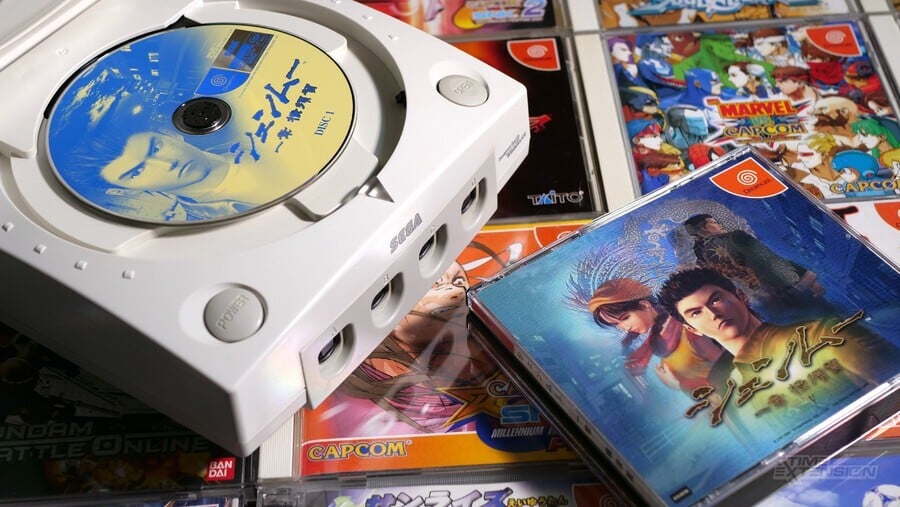
Nvidia is one of the hottest tech firms of the current era and stands to benefit massively from the incredible interest in the world of AI – which relies on the powerful hardware produced by companies like Nvidia to function.
However, once upon a time, Nvidia was a rather smaller outfit and had been enlisted to produce a GPU for what would eventually become the Sega Dreamcast.
Following the failure of its NV1 multimedia PCI card – which was branded as the Diamond Edge 3D at retail – Nvidia struck up a relationship with Sega. "Sega was also looking for a partner to build their next-generation console," said Nvidia President and CEO Jensen Huang in an interview with Sequoia. "And it opened doors for us both in trying to build their next-generation console, as well as encouraging them to take the Sega games over to PCs."
During development, Microsoft dropped a bombshell: DirectX. This threw Nvidia's plans into disarray.
"The architecture we chose was clever at the time, but it turned out to have been the wrong architecture completely," continues Huang. "This is 1995, Microsoft had come out with Windows 95, and the API called DirectX is the architecture that everybody else uses except us. We had never even implemented a graphics architecture like DirectX before. And the rest of the industry, now some 50 companies, are all over us. And so the question is, what do we do?"
Nvidia's contract with Sega put the company in a tight spot. "If we had finished that game console with Sega and fulfilled our contract, we would have spent two years working on the wrong architecture while everybody else is racing ahead in this new world that, quite frankly, we kind of started," says Huang.
"On the other hand, if we didn’t finish the contract, then we run out of money. And so I was confronted with a situation where we would finish the project and die, or not finish the project and die right away."
This is where the kindness of Sega's then-CEO Shoichiro Irimajiri comes into play, as Huang tells Sequoia:
I went to Sega and to the credit of their CEO, Irimajiri-san, I told him our circumstance is that if we finish this game console for you, our company would be out of business. And, quite frankly, I think that this architecture that we would build for you would be the wrong architecture because the world is moving towards this other approach called inverse rendering, inverse texture mapping.
He asked me what I’m asking him to do. And so I told him that, although there’s no reason for him to do this, I would like him to let us off of our contract, relieve us of our responsibility of fulfilling the contract, but pay us in full. And, they got absolutely nothing out of it. There was no reason for him to do it. And, he thought about it for a couple days. He, you know, came back to me and, and said, I’d like to help you.
You can’t discount the kindness of people when you’re starting your company, when you benefit from the kindness of all the people that support you. But in this particular case, it was some 5 million dollars, I think it was, that they continued to pay us. It was all the money that we had. And it gave us just enough money to hunker down.
Nvidia's next project, the Riva 128, was a commercial hit. It then released the GeForce 256, the world's first GPU. Microsoft then selected GeForce to power its Xbox console, and the rest is history.
Without Sega's act of kindness, it's unlikely Nvidia would be here today – and that would have sent shockwaves rippling through the history of the video game industry; for example, the best-selling Nintendo Switch uses an Nvidia chip.
